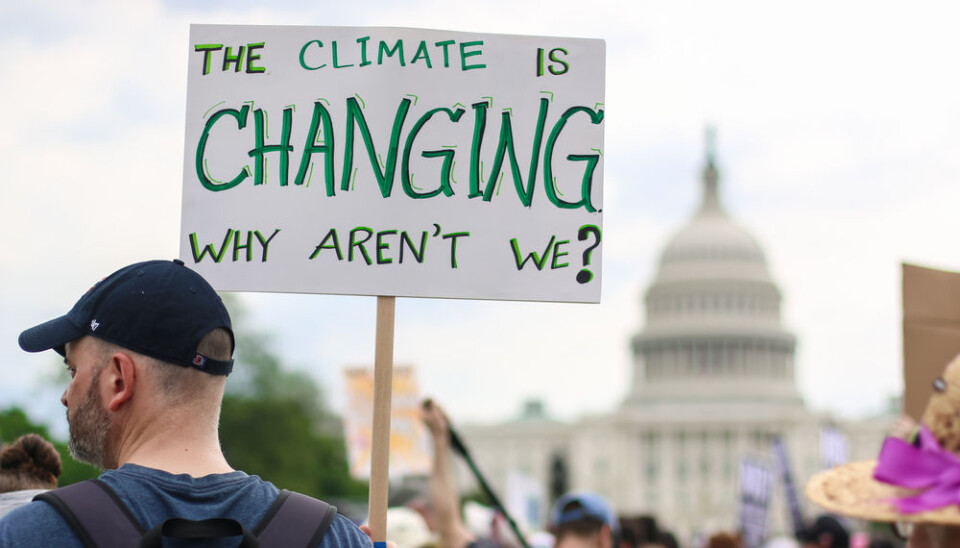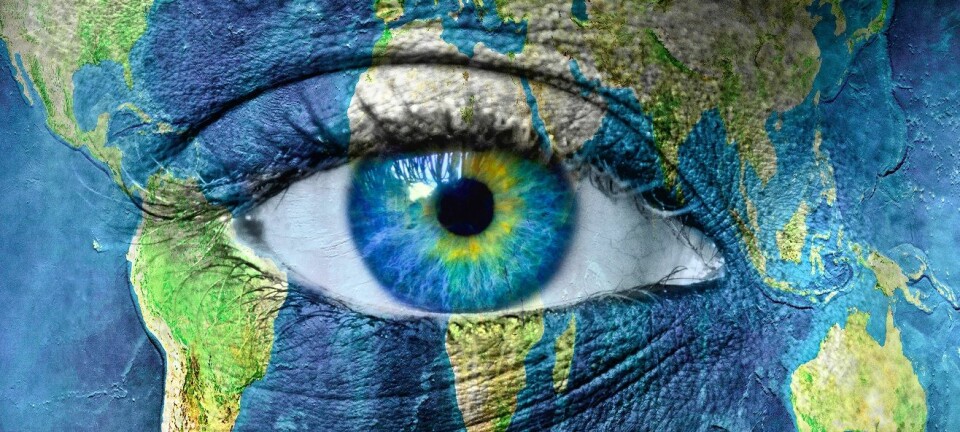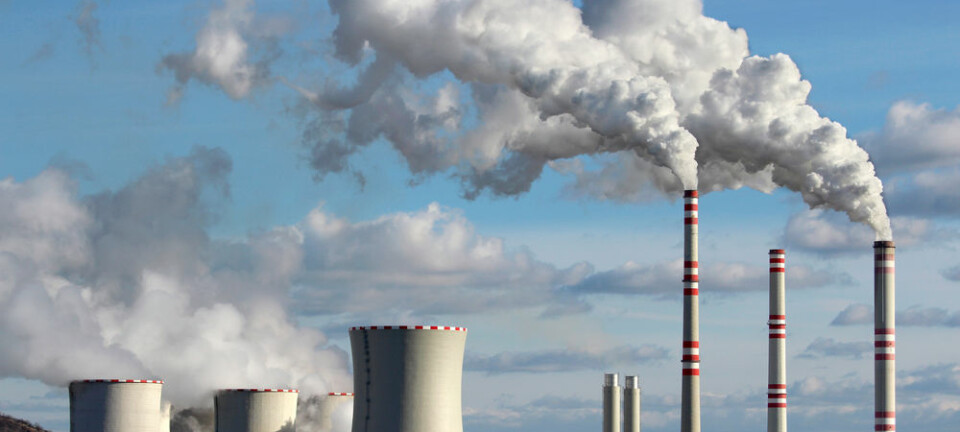
It's important to have a goal: UN climate report view from the Nordics
Most experts agree it will be difficult, if not impossible, to limit global warming to 1.5 degrees Celsius. But it is important to have an ambitious goal.
On 8 October, the UN Intergovernmental Panel on Climate Change (IPCC) released a report showing that greenhouse gas emissions must be reduced by 40-50 per cent by 2030 to limit global warming to 1.5 degrees Celsius compared to pre-industrial times.
The report was commissioned at the climate summit in Paris, 2015, and compares a 1.5 degrees target with the previous goal of 2 degrees.
"It is technically possible to keep warming below 1.5 degrees, but it will require great political will and public support. It will be very demanding,” says Research Director Bjørn Hallvar Samset in a press release from the Cicero Centre for Climate Research, Norway.
“Reaching 1.5 Celsius is theoretically possible, but I would say it is practically impossible," says Tore Furevik, Director of the Bjerknes Centre for Climate Research in Bergen.
“Two degrees is probably also very unlikely in practice. This goal also requires an extremely rapid drop in emissions, and it is hard to see that it will be possible to make the change fast enough,” says Furevik.
Read More: Can we really limit global warming to “well below” two degrees centigrade?
Like a zero-tolerance policy
Nevertheless, Furevik believes that it is important to have a goal to strive for.
"Without a goal you have nothing to work towards. The closer you come to reaching the goal, the better it is, even if you don’t reach the goal in the end,” he says.
As an example, the Norwegian Public Roads Administration has a “zero” vision, which it describes as: "a vision of a transport system that does not lead to loss of life or permanent disability."
"It's a very good analogy," says Furevik. "No one thinks we will ever have zero traffic deaths in Norway, but the idea behind the zero vision is to bring the numbers as low as possible.”
Furevik believes the new report shows that 1.5 degrees of warming will make life on the planet much worse than it is today, and that it will be even worse if warming reaches 2 degrees.
"The planet will not necessarily be totally destroyed, but it will be more and more expensive for humans to adapt the more the temperature rises. So, this is about coming as close as possible to the target, even if we don’t reach it,” he says.
Read More: Time to re-think the climate change challenge
Island nations are at risk
The target of 1.5 degrees appeared during the climate summit in Paris in December 2015, after pressure from small island states who were afraid of the consequences of rising sea levels.
“In Paris in December, 2015, these nations succeeded in making amendments to the agreement text that set out an ambition to keep global warming well under 2 degrees,” SINTEF executive vice president Nils Røkke wrote in a blog post on Gemini Research News in Norway.
Following the Paris meeting, the IPCC was tasked with showing what would be required to keep global warming below 1.5 degrees and what the effect of this temperature increase would be compared to an increase of 2 degrees.
The 400-page report is based on 6,000 scientific studies. And took nearly three years to produce.
Read More: What will our climate look like in 2050?
So, now what?
A new summit will be held later this year in Katowice, Poland. The report on the 1.5 degree goal will certainly be on the agenda. But the role it will play there and in future climate negotiations remains to be seen.
Cicero researcher Erlend Hermansen says an enduring issue in the climate talks is the division between poorer, lesser developed countries, and developed, wealthier countries.
"The tensions between poor countries and rich countries have always been there and will probably always be there," he says.
A critical issue relates to financing, he says. Who will pay for the poor countries to reach their targets for emission cuts? Someone or something must build a bridge between poor and rich.
"One of the building blocks for this bridge can be climate financing. Money on the table can play a role,” says Hermansen.
He points to the Norwegian rainforest initiative as a positive example. Norway has created a USD $3 billion fund to pay rainforest countries such as Brazil to stop cutting trees.
"It is also evident from the new report that we will not reach the goal without negative emissions," says Hermansen.
That will mean “sucking” carbon dioxide out of the air. Hermansen believes that Norway, with its commitment to carbon capture and storage, is at a good starting point for exploring opportunities and limitations.
"Norway’s electric car policy is also being noticed abroad, and is helping to grow technologies. Norway can make it possible for other countries to continue to learn from our experiences,” says Hermansen.
----------------
Read more in the Norwegian version of this article at forskning.no



































